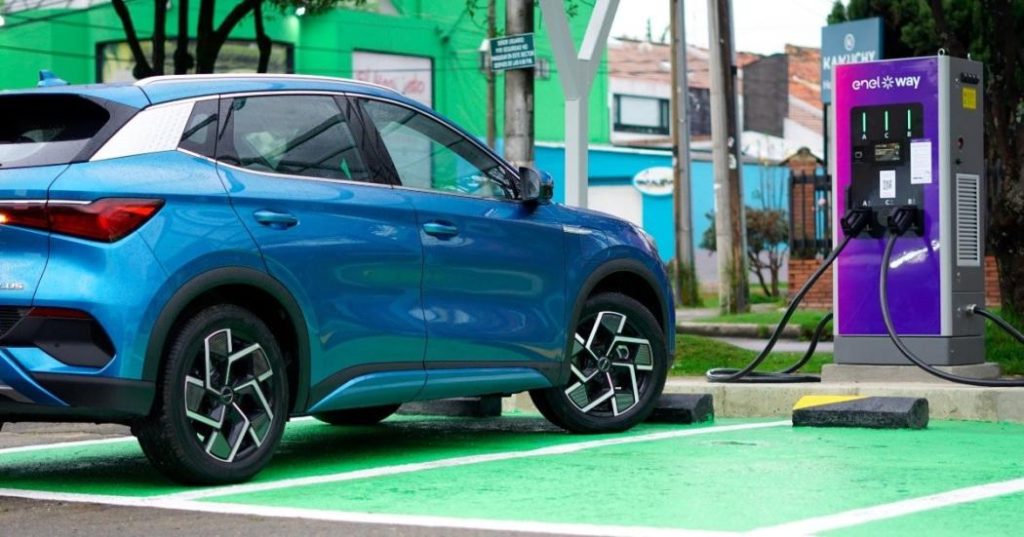Colombia is aiming to have over 600,000 electric vehicles on its roads by 2030, as part of its National Electric Mobility Strategy.
This goal aims to reduce fossil fuel dependency, improve air quality, and protect public health.
Modernizing the electrical system
The transition goes beyond adding new vehicles. It includes a comprehensive transformation of infrastructure—charging stations, renewable energy sources like solar and wind, and more efficient electricity usage.
To support this shift, Colombia has updated two key regulations:
- RETIE (Technical Regulation for Electrical Installations)
- RETILAP (Technical Regulation for Lighting and Public Illumination)
These updates introduce stricter safety, quality, and energy efficiency standards, ensuring reliable deployment of new technologies across the country.
National standards for product certification
A key change is the removal of automatic recognition for foreign certifications. Now, all products must comply with Colombian technical regulations, enhancing consumer protection and product oversight.
In response, NYCE Colombia, one of the certification bodies for electrical products, has aligned its accreditations with the new standards. As a result, products like LED lights or EV chargers can be tested and certified using modern and safe criteria.
Also read: Electromobility Law in Brazil: Federal, State and Municipal Progress
Smarter and more efficient public lighting
The new rules also aim to upgrade public lighting systems by promoting:
- Energy-saving lighting.
- Reduced light pollution.
- Adoption of smart technologies (sensors and remote control systems).
These innovations enable more efficient energy management with positive effects on health and the environment.
Thanks to these initiatives, electric mobility in Colombia is advancing steadily toward a cleaner and more sustainable future, where technical regulations and strategic allies play a key role.







